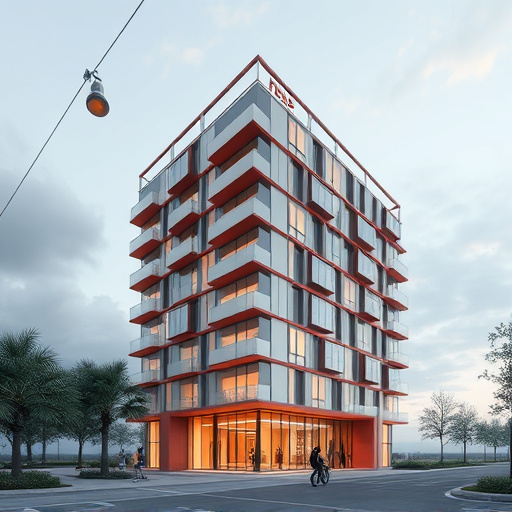Category: luxury homes
Luxury Homes: An In-Depth Exploration
Introduction
Welcome to an exhaustive journey into the realm of luxury homes—a fascinating segment within the global real estate market that captivates both experts and enthusiasts alike. This article aims to unravel the intricate world of opulent abodes, offering a comprehensive understanding of their significance, evolution, and impact on various aspects of society. By delving into different facets, from historical roots to modern innovations, we will explore why luxury homes hold such allure and influence in today’s world. Prepare to embark on a detailed exploration that promises to provide valuable insights for aficionados, professionals, and anyone curious about the intersection of architecture, design, and affluence.
Understanding Luxury Homes: Definition and Core Characteristics
Definition:
A luxury home, often referred to as a high-end or upscale residence, is a residential property that embodies opulence, exclusivity, and superior craftsmanship. It transcends mere size or cost; instead, it is defined by its unique features, premium materials, exceptional design, and the experience it offers its occupants.
Core Components:
- Architectural Excellence: Luxury homes often showcase exquisite architectural styles, ranging from contemporary modern to classical or even bespoke designs tailored to the owner’s preferences.
- Premium Materials: Incorporating high-quality materials like natural stone, exotic woods, and luxury finishes such as marble, granite, and solid brass fixtures is common.
- Spacious Layouts: These homes typically offer generous room sizes, providing ample space for comfort, entertainment, and privacy.
- Unique Features: From smart home technology to gourmet kitchens, home theaters, indoor pools, and dedicated wine cellars, luxury homes often include distinctive features catering to sophisticated tastes.
- Exceptional Craftsmanship: The level of craftsmanship is unparalleled, ensuring precision in construction, detailing, and finishing. This includes intricate woodwork, custom-made furniture, and meticulous tile work.
Historical Context:
The concept of luxury homes has evolved over centuries, reflecting changing societal values and economic conditions. Historically, opulently designed mansions were symbols of wealth and power, often showcasing the affluence of royalty, nobility, and wealthy merchants. As time progressed, the definition broadened to include not just grand architectural feats but also properties that offer a unique lifestyle and exceptional amenities. Today, luxury homes are diverse, ranging from lavish suburban estates to high-rise condominium units in metropolitan cities.
Global Impact and Trends: A World of Opulent Abodes
Luxury homes have a profound global impact, shaping real estate markets and architectural trends worldwide. Here’s an exploration of its international influence and regional variations:
| Region | Trending Features | Regional Lifestyle Influence |
|---|---|---|
| North America | Smart home technology, energy-efficient design, open floor plans | Focus on modern amenities, convenience, and connectivity |
| Europe (especially Southern Europe) | Outdoor living spaces, traditional architectural elements, heated pools | Embrace of outdoor lifestyles, rich cultural heritage |
| Asia Pacific | Hybrid designs blending Western and Eastern aesthetics, home offices | Rapid urbanization, fusion of global trends with local flavors |
| Middle East | Opulent interiors, custom-designed furniture, indoor gardens | Extreme weather influences indoor-outdoor living, cultural richness |
| Latin America | Tropical-inspired design, private beaches, gourmet kitchens | Relaxed lifestyle, emphasis on family and entertainment |
These trends showcase the diverse interpretations of luxury worldwide, reflecting local cultures and preferences while adhering to global standards.
Economic Considerations: The Market Dynamics of Luxury Homes
The luxury home market is a significant contributor to global economic systems, characterized by unique dynamics and investment patterns:
- Market Size and Growth: According to Knight Frank’s 2022 report, the global luxury real estate market is valued at approximately $185 billion. The market has shown resilience, with consistent growth despite economic fluctuations.
- Demographics of Buyers: High-net-worth individuals (HNWIs) and ultra-high-net-worth individuals (UHNWI) are the primary drivers of this market. They include successful entrepreneurs, executives, and investors seeking not just a property but a lifestyle.
- Investment Opportunities: Luxury homes offer attractive investment prospects due to their potential for capital appreciation and rental yield. Many investors view them as a hedge against inflation and economic uncertainties.
- Price Factors: Prices vary significantly based on location, size, amenities, and uniqueness. In prime locations like New York City or Paris, luxury homes can surpass $100 million.
- Market Drivers: Desirable neighborhoods, exclusive amenities, and exceptional design are key factors attracting buyers. Additionally, limited supply and high demand contribute to price appreciation.
Technological Advancements: Smart Homes and Beyond
Technology plays a pivotal role in shaping the future of luxury homes, offering both practical improvements and enhanced lifestyle experiences:
- Smart Home Automation: Voice-controlled lighting, temperature regulation, security systems, and entertainment centers are now standard features. Advanced automation allows owners to customize their living environments seamlessly.
- Home Entertainment Systems: Immersive home theaters, high-fidelity audio systems, and interactive displays create theater-like experiences in the comfort of one’s home.
- Health and Wellness Features: From air quality control to smart fitness rooms and wellness centers, these homes prioritize health and well-being.
- Energy Efficiency: Smart thermostats, solar panels, and energy-efficient appliances contribute to sustainable living while reducing utility costs.
- Virtual Reality (VR) and Augmented Reality (AR): These technologies offer immersive experiences for home tours, design visualization, and even virtual furniture shopping.
Policy and Regulation: Navigating the Legal Landscape
The development and ownership of luxury homes are subject to various policies and regulations, ensuring fair practices and safety standards:
- Zoning Laws: Local governments implement zoning regulations to control land use and protect neighborhoods. These laws dictate the type, size, and placement of structures, influencing luxury home development.
- Building Codes: Strict building codes ensure structural integrity, fire safety, and accessibility. Compliance is mandatory for all construction projects, including luxury homes.
- Environmental Regulations: Many regions have environmental protection laws to preserve natural landscapes and resources. Luxury home developers must adhere to these rules, especially in ecologically sensitive areas.
- Tax Implications: Property taxes, capital gains taxes, and inheritance taxes can significantly impact the financial aspect of luxury home ownership.
- Anti-Money Laundering (AML) and Know Your Customer (KYC): Financial institutions and real estate agencies must comply with AML and KYC regulations to prevent illegal activities related to property transactions.
Challenges and Criticisms: Overcoming Obstacles
Despite its allure, the luxury home market faces several challenges and criticisms that require careful consideration:
- Accessibility: Luxury homes are often out of reach for a significant portion of the population, leading to concerns about wealth inequality and social exclusivity.
- Environmental Impact: The construction and maintenance of opulent residences can have a substantial environmental footprint, raising sustainability questions.
- Privacy Concerns: Large properties and extensive amenities may invite privacy invasion, requiring thoughtful landscaping and security measures.
- Cultural Sensitivity: When developing luxury homes in diverse cultural settings, developers must respect local traditions and aesthetics to avoid cultural appropriation.
- Regulatory Burdens: Navigating complex legal frameworks can be time-consuming and costly, especially for international investors. Streamlining processes could attract more investors.
Strategies for Overcoming Challenges:
- Promote affordable housing initiatives to address accessibility issues.
- Implement sustainable building practices and design principles to minimize environmental impact.
- Incorporate smart security systems and natural landscaping to enhance privacy.
- Encourage cultural sensitivity in design and development through community engagement.
- Simplify regulatory processes through digital platforms and one-stop shops for investors.
Case Studies: Real-World Examples of Luxury Home Excellence
1. The Penthouse at One57, New York City:
This iconic luxury condo is a masterpiece in modern architecture. With prices starting at $20 million, it offers breathtaking views of Central Park and the city skyline. The penthouse features custom-designed furnishings, a private elevator, and an expansive terrace. Its success lies in its unparalleled location, exceptional amenities (including a 75-foot indoor pool), and strict privacy measures.
2. Villa La Angostura, Argentina:
Nestled in the stunning Patagonia region, this estate offers a unique blend of modern design and natural surroundings. The villa boasts floor-to-ceiling windows showcasing breathtaking mountain views. Its innovative design includes an indoor/outdoor living concept, heated pool, and a dedicated wine cellar. With a price tag exceeding $50 million, it exemplifies the fusion of opulence and natural beauty.
3. The House of the Future, Netherlands:
This experimental home, designed by a renowned architect, pushes the boundaries of sustainable living. It features advanced solar technology, a living roof, and smart energy management systems. The interior showcases a minimalist yet luxurious aesthetic with custom-made furniture and interactive lighting. This case study highlights the potential for luxury homes to be environmentally friendly and technologically innovative.
Future Prospects: Emerging Trends and Growth Areas
The luxury home market is poised for continued growth and transformation, driven by several emerging trends:
- Sustainable Living: Eco-friendly materials, energy-efficient design, and smart technology will remain in demand as consumers become more environmentally conscious.
- Smart Homes as Standard: Advanced automation and AI integration will become baseline features, offering convenience and security enhancements.
- Hybrid Workspaces: Post-pandemic trends suggest a rise in homes with dedicated workspaces, reflecting the new normal of remote work.
- Wellness Focus: Luxury homes will continue to incorporate wellness amenities, catering to the growing focus on health and well-being.
- Global Virtual Tours: VR technology will enable potential buyers worldwide to experience luxury properties virtually, expanding the market’s reach.
- Customized Design: Bespoke design services will be in high demand, allowing owners to create truly unique residences.
Conclusion: A World of Opulent Possibilities
Luxury homes represent more than just architectural marvels; they are a reflection of societal aspirations, cultural diversity, and technological advancements. This article has provided a comprehensive journey through the various facets of this intriguing segment, highlighting its historical roots, global impact, economic significance, and future prospects.
As the world continues to evolve, luxury homes will adapt to changing trends, technologies, and consumer preferences. They will remain a testament to human creativity, craftsmanship, and the pursuit of exceptional living. The market’s resilience and growth potential underscore its importance in real estate and design circles, offering a glimpse into a world where opulence meets innovation.
FAQ Section: Answering Common Questions
Q: What defines a luxury home? Is it solely about price?
A: While price is a significant factor, a luxury home is primarily defined by its exceptional features, craftsmanship, design, and unique lifestyle amenities. It goes beyond mere cost and includes elements like high-end materials, spacious layouts, and innovative technology.
Q: How does the global economy impact the luxury home market?
A: The luxury home market is a barometer of economic health, attracting HNWIs and UHNWI investors. Global economic conditions influence demand, with robust economies driving growth. Price appreciation and investment opportunities often correlate with strong market performance.
Q: Are there environmental concerns associated with luxury homes? How can developers address them?
A: Yes, luxury home development can have environmental impacts. Developers can mitigate these by adopting sustainable building practices, using eco-friendly materials, and incorporating energy-efficient systems. Preserving natural landscapes and implementing green infrastructure are essential strategies.
Q: How is technology changing the luxury home experience?
A: Technology offers enhanced convenience, security, and entertainment options. Smart homes, immersive entertainment systems, health monitoring features, and interactive displays transform how occupants interact with their residences, creating a more personalized and connected living environment.
Q: What are some common challenges in developing luxury homes? How can these be overcome?
A: Challenges include accessibility, privacy concerns, regulatory complexities, and cultural sensitivity. Developers can address these by collaborating with local communities, implementing thoughtful design solutions, simplifying regulatory processes, and ensuring cultural responsiveness to create inclusive and harmonious developments.
Luxury Homes: Design, Tech, Living Mastered
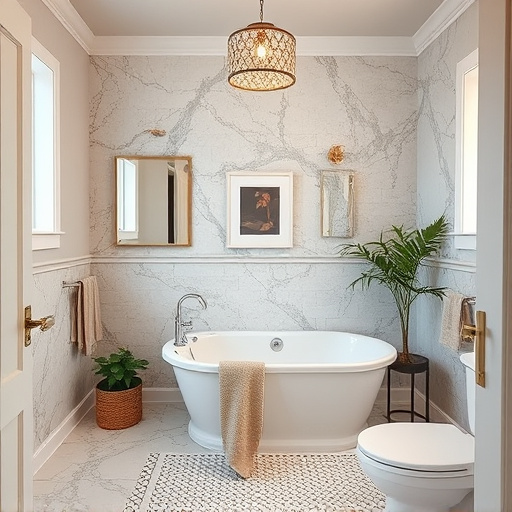
Luxury homes blend architectural elegance with modern amenities, offering tailored spaces for refine…….
Luxury Homes: Open Concepts, Endless Possibilities
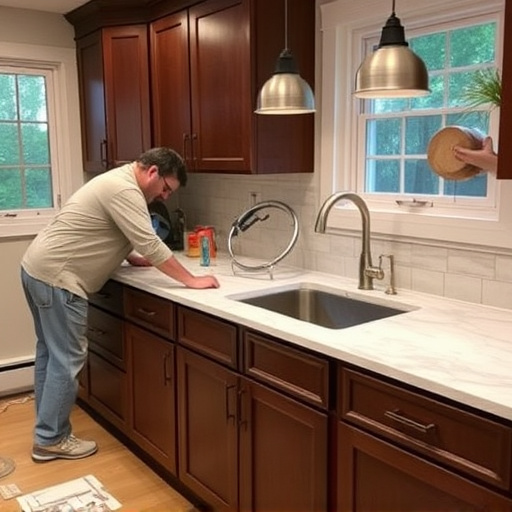
Luxury homes showcase open concept designs, blending formal areas with cozy retreats and modern kitc…….
Unveiling Trends: Luxury Homes Design’s Future with Tech & Sustainability
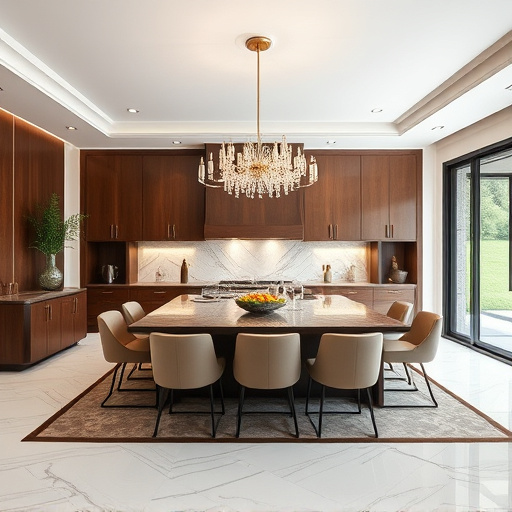
Luxury homes are experiencing a renaissance with opulent designs incorporating premium materials and…….
Luxury Homes: Privacy, Space, Prestige Define Living
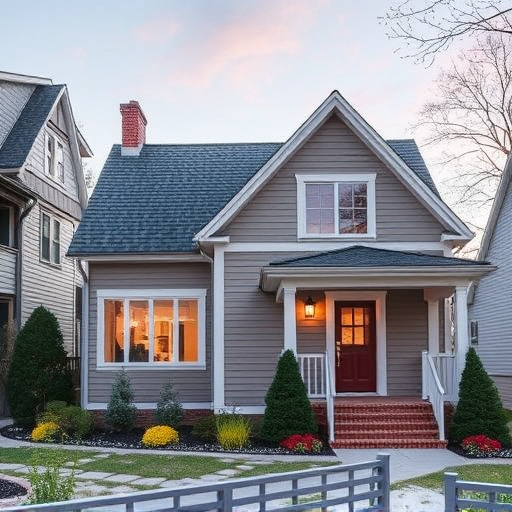
Luxury homes go beyond size, offering immersive experiences tailored to individual tastes with opule…….
Crafting Your Dream: Choosing Luxury Home Builders
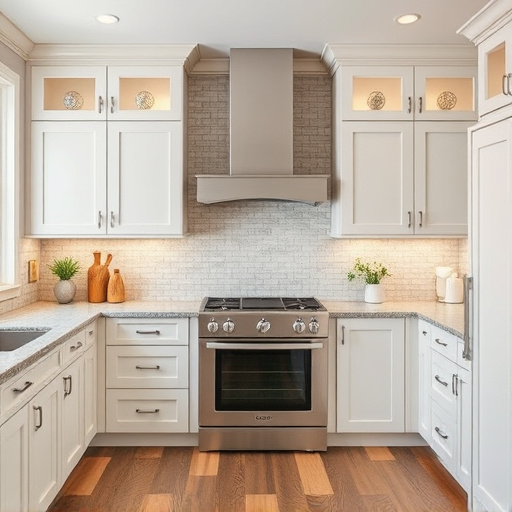
Before building your luxury home, define your vision and find a builder specializing in high-end res…….
Luxury Homes: Elegance Unveiled in Every Corner
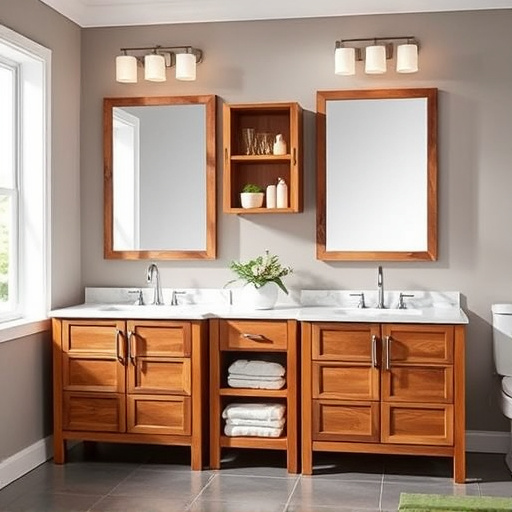
Luxury homes define opulence through meticulous craftsmanship, from grand entryways to customized sp…….
Unveiling Latest Trends in Luxury Homes Design: Eco, Tech, Art
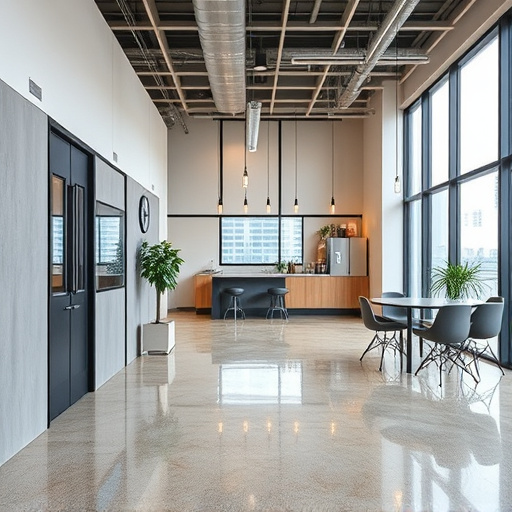
Luxury homes are integrating sustainable and eco-friendly features, combining opulence with environm…….
Location Lifestyle Demographics Drive Luxury Homes Demand
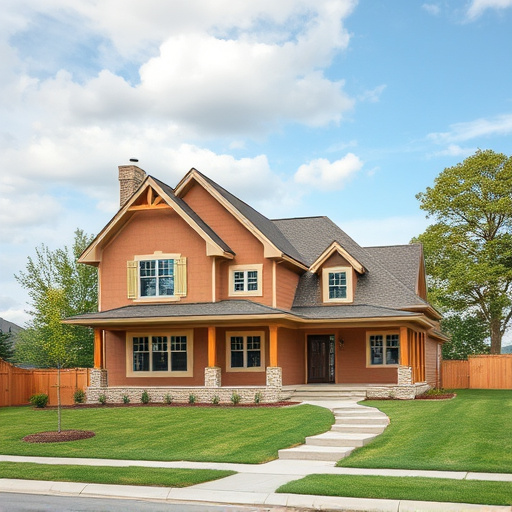
Luxury homes are driven by location and desire for both residence and investment, with prime real es…….
Luxury Homes: Customization Unlocks Personalized Living Dreams
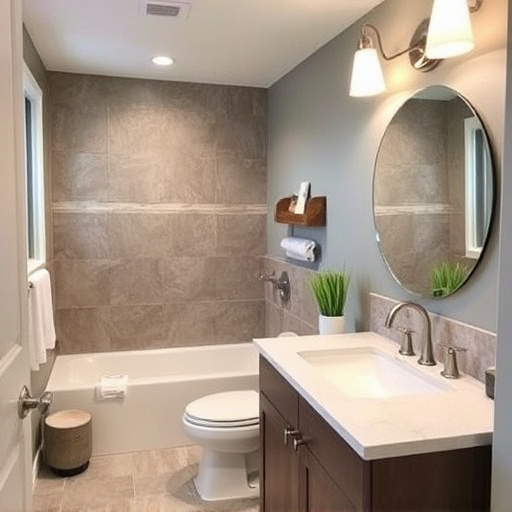
Modern buyers increasingly opt for custom luxury homes over pre-built alternatives, prioritizing uni…….








